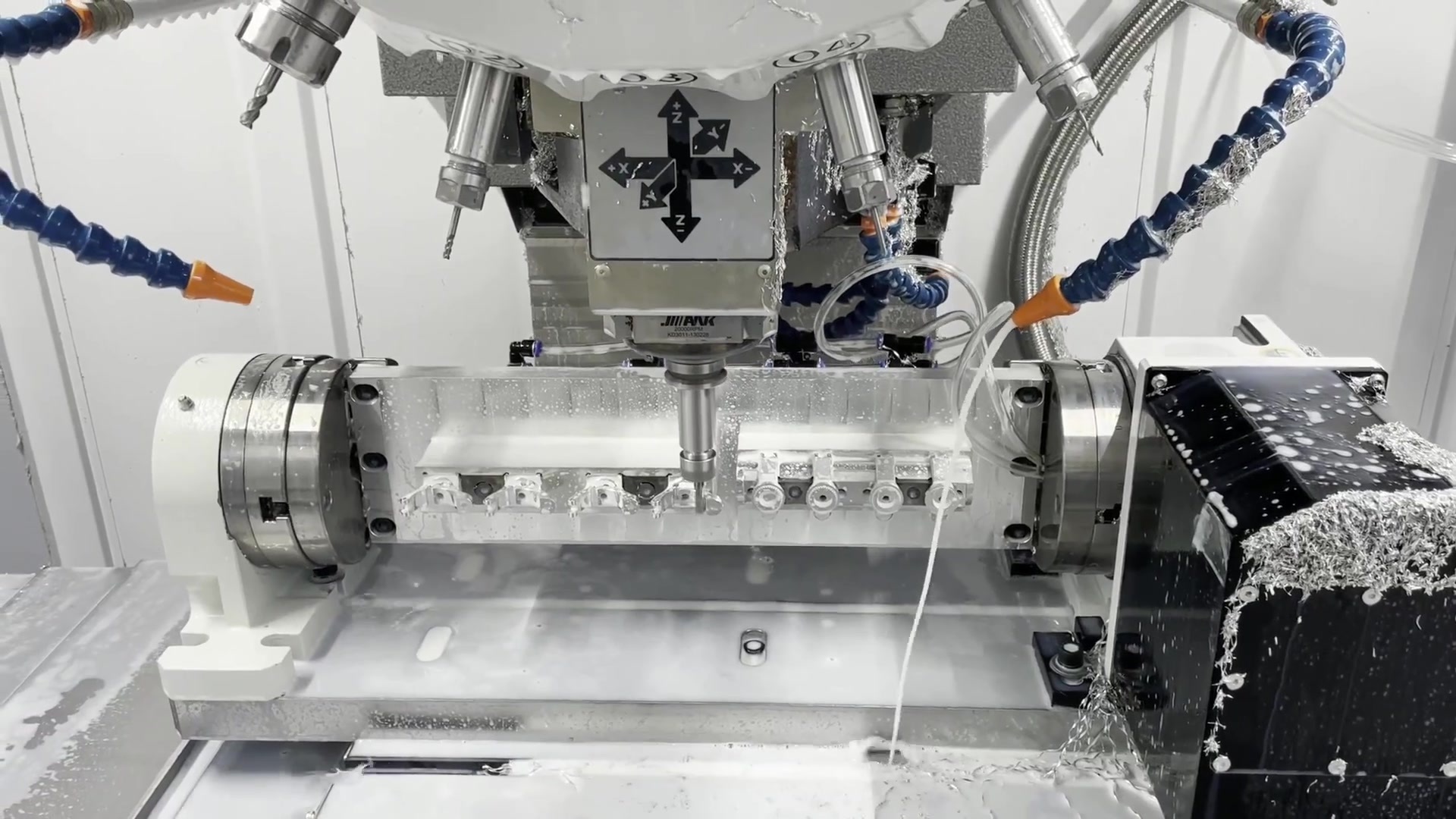10
2022
-
06
New imaging inspection method for metal parts may change the aerospace industry
The quality inspection of 3D printed parts is a crucial step, and production personnel need to make timely adjustments to the process based on the inspection results to avoid greater quality accidents. Most of the existing inspection systems are time-consuming, labor-intensive and expensive. Therefore, how to create a quality inspection system for 3D printed parts is the key to whether their products can be industrialized.
On February 28, 2022, Changjun Chen of Jiangsu Laser Alliance was informed that researchers from Nanyang Technological University, Singapore (NTU Singapore) have developed a novel fast and low-cost imaging method to evaluate the quality of 3D printed metal parts.
This imaging method can analyze the microstructure and material quality of parts, which can be said to be a game changer for industries such as aerospace. Because in these industries, low-cost, efficient evaluation of mission-critical parts such as turbines and fan blades can prove to be significant for maintenance, repair, and overhaul (MRO).
Matteo Seita, Assistant Professor at Nanyang Technological University, said: "Using our cheap and fast imaging method, good 3D printed metal parts can be easily distinguished from problematic ones. High magnification analysis, otherwise it is impossible to tell the difference. No two 3D printed metal parts are identical in production, even though they may have been produced using the same technology and have the same geometry. Conceptually, even if Two identical wooden crafts may also show different texture structures after in-depth analysis."
Imaging of microscopic crystals
Most 3D-printed metal alloys are composed of large numbers of microscopic crystals that vary in shape, size and atomic lattice orientation. By mapping these microscopic crystals, scientists can determine an alloy's properties, such as its strength and toughness. The researchers likened this to looking at the grain of wood, and wood is strongest when the grain is continuous in the same direction.
However, until now, analyzing this microstructure within 3D printed metal alloys has been a laborious and time-consuming process, often involving electron microscope scans, that cost between $73,000 and $1.5 million.
Seita and his team developed their novel imaging method that provides the same quality of information in just a few minutes, with an emphasis on lower cost. They used a system of optical cameras, flashlights and laptops running proprietary machine-learning software developed by the team for a total cost of about $18,400.
The method involves treating the surface of the 3D-printed part with chemicals to reveal its microstructure, then taking multiple optical images with a camera as a flashlight illuminates the metal from different directions. The scientists' patented software then analyzes the patterns created by light reflected off the surface of the part and deduces their orientation within 15 minutes.
Improved quality assessment mode for 3D printed parts
Researchers at the National University of Singapore believe their imaging method could simplify the certification and quality assessment of 3D printed metal alloy parts, especially those produced by laser technology.
The microstructure of 3D printed metal can vary due to differences in laser intensity and speed, cooling time, and the type and brand of metal powder used, meaning the same design is 3D performed on two different machines or production floors printing, may produce parts of varying quality.
The NTU team's software uses a neural network that simulates how the brain forms associations and processes thinking, combined with machine learning, to predict the orientation of crystals within metal parts based on differences in the way light is scattered on surfaces.



